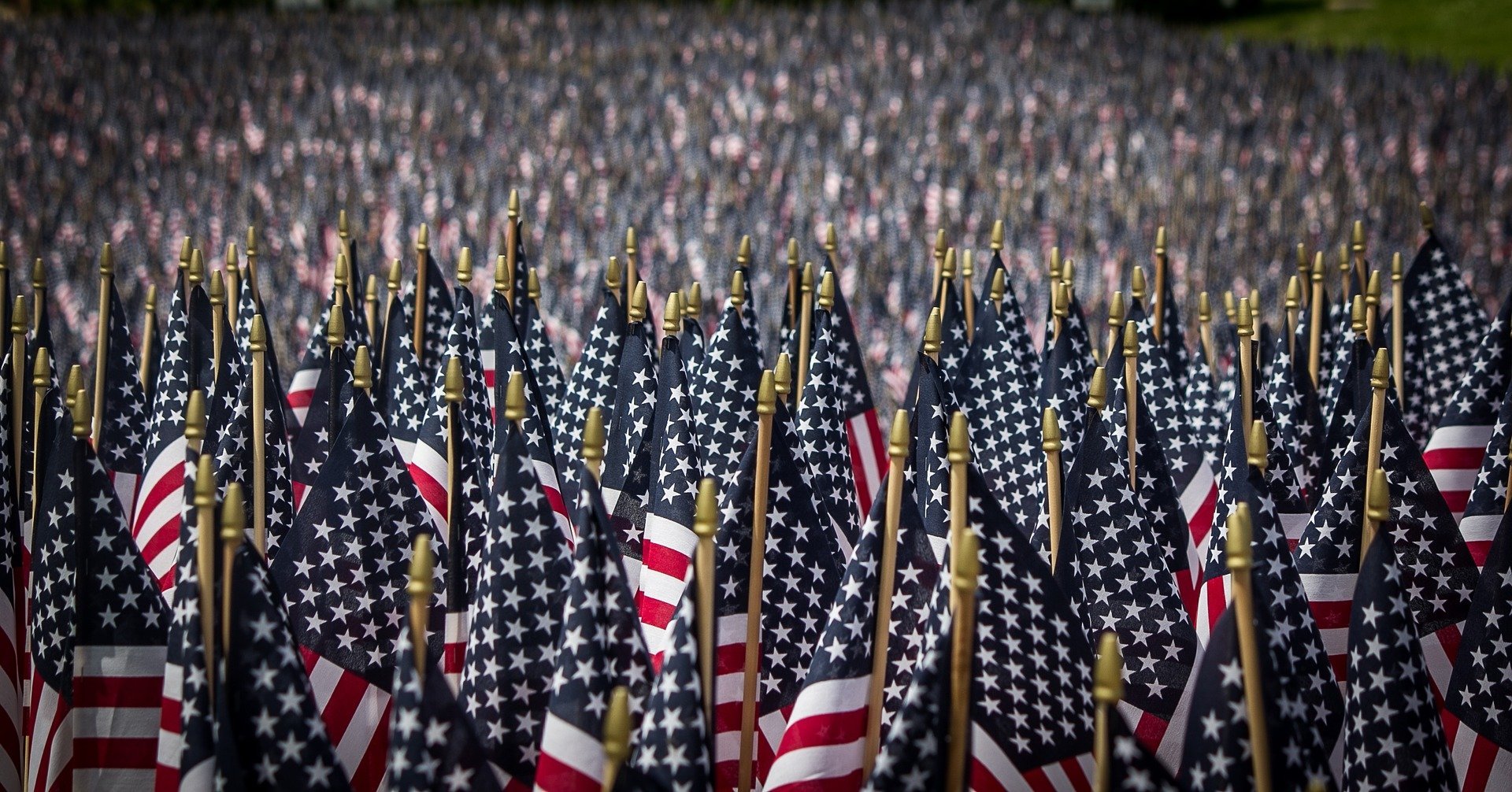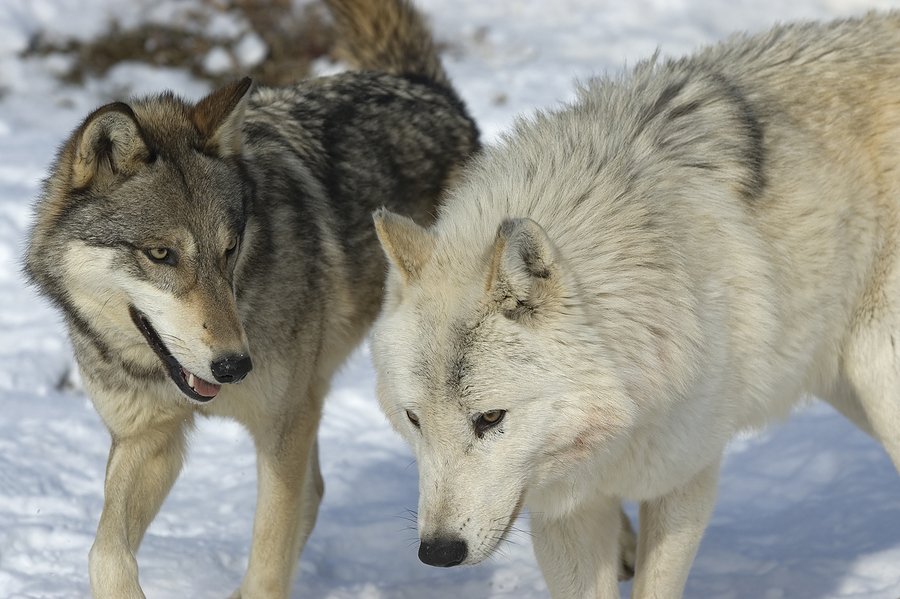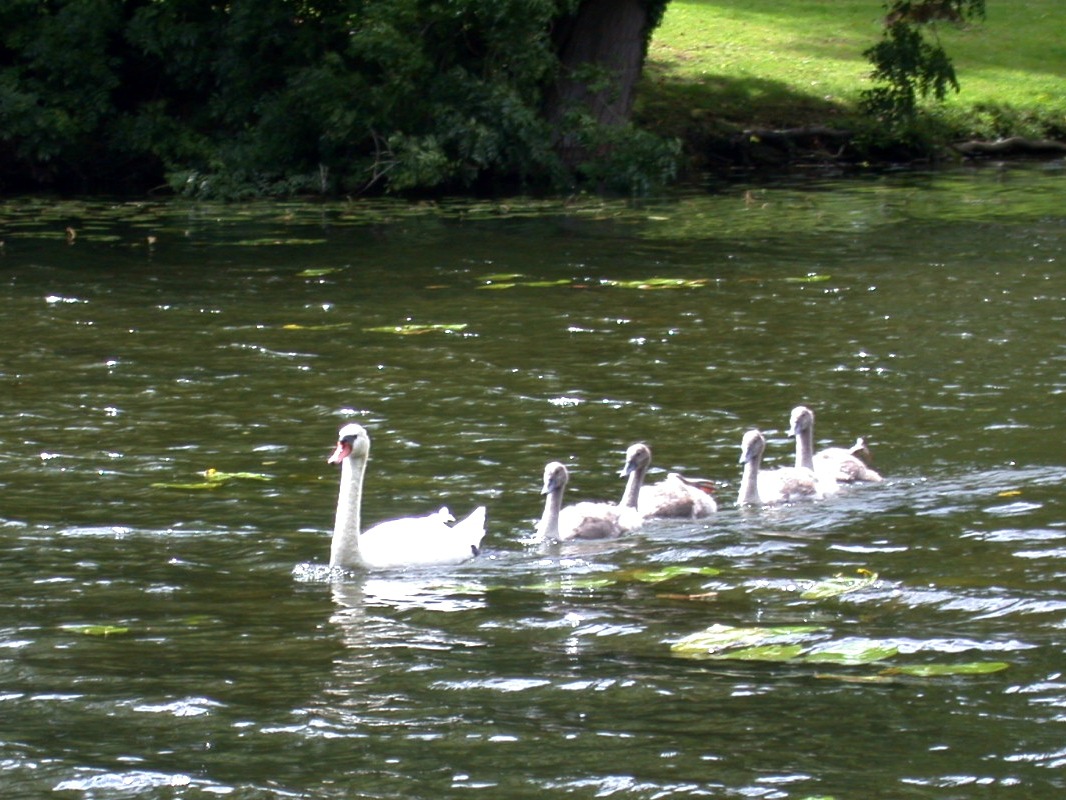2
Last spring as I was walking around the lake near my home, I came upon a family of swans by the shore: two beautiful, huge adults and 10 little baby swans. Ten!
[Yes, I know they’re called cygnets but that word isn’t cute enough to do them justice].
The two parents were putting up a very loud squawk and, as I got closer, I saw that one of the babies had become stranded on the shore side of a big log and the parents were encouraging it to climb over.
The baby kept trying to get over the log but the log was too big and the baby too small. So the parents took turns stepping up on the log, turning around and squatting in the hopes the baby would grab on to them and be pulled out. After about a dozen attempts, they succeeded.
The irony was that if any of them had looked to the baby’s left, they would have seen it could easily have swum around the log to freedom! But they were all too focused on the problem right in front of them to look for other solutions.
It struck me that this was a perfect example of the benefits of meditation. Stop, take a break, relax, regroup and look around for a fresh perspective. That usually allows inspiration and new ideas to flow in.
Continue reading






